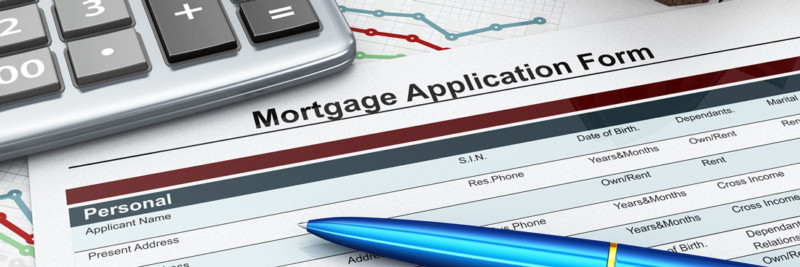 When you’re in the financing process on a new property, you’ll probably end up getting a mortgage. When you get to that crucial step, it’s very important that you’re well informed about the mortgage process. In this article, we explain how mortgage lenders work and what you should do if they refuse to work with you.
When you’re in the financing process on a new property, you’ll probably end up getting a mortgage. When you get to that crucial step, it’s very important that you’re well informed about the mortgage process. In this article, we explain how mortgage lenders work and what you should do if they refuse to work with you.
First things first: what is a mortgage lender? A mortgage lender is the institution that lends you money; essentially, they give you a direct loan to help you finance your home. Mortgage lenders are not the same as mortgage brokers. The latter will find you a lender; brokers often work with multiple lenders.
Now, let’s go over the most important steps in the mortgage lending process:
- You, as the borrower, go to a lender to interview them. You should interview several lenders in your area. WARNING: There are many unethical lenders out there, so be cautious when making your decision.
- Next, you’ll want to contact the best lender you met with and get a price quote from them. Just be aware that, in order to get that price quote, the lender will probably want you to provide a lot of information, which may be a bit of a hassle. This will likely include details regarding your property, assets, credit, and income.
- If everything is in order with your initial info, then you should hear back from the lender. They’ll request that you both move ahead with the process. If/when you say you’re ready to proceed, you’ll need to give them your social security number (SSN), just so they can get official information on your assets, income, etc.
- You both will then need to agree which loan will suit your needs best. Be sure to stay on your toes during this step.
- The lender will then assess your documentation and credit. Based on that info, they’ll create what’s known as a GFE (Good Faith Estimate) and a TIL (Truth In Lending) disclosure. These two acronyms contain all the information on what loan will be offered to you.
- The loan prices get altered every day, so your lender may tell you that you should lock in the loan before the documents are sent to you.
- They’ll also advise you on how long the lock period should be. Be careful here: if you don’t agree to the terms on the same day they’re set, you could get ripped off by the lender. This is because they can change the terms as they see fit, and may try to sneak a little extra off of you. Luckily, if the APR on the new terms is different than that of the old by more than .125%, they must issue a new set of disclosures.
- Honest lenders will likely tell you to lock immediately, so even if your lender doesn’t advise it, you should ask them to. There is some risk to this, though. The loan is based on a house that hasn’t been appraised yet; once the house is appraised, and if it’s not at the expected level, the lock could be invalidated.
- The lender will send you a disclosure package that will require your signature. In the meantime, the lender will ask for an appraisal on your property. The snag in this step is if the appraisal is lower than expected. If this comes to pass (specifically 5% lower than expected), it can trigger a chain of events that will cause a delay and require you to get an entirely new set of disclosures.
Working with Mortgage Lenders
If everything goes well, you can finally close on the deal! Congratulations!
But what if the lender won’t work with me? That can happen sometimes, unfortunately. If it does, the Department of Housing and Urban Development (HUD) has some excellent resources, including housing counselors. The HOPE NOW alliance also has some excellent programs and resources for new and aspiring homebuyers; a good place to start is calling their Homeowners Hope Hotline: (888) 995-HOPE.










